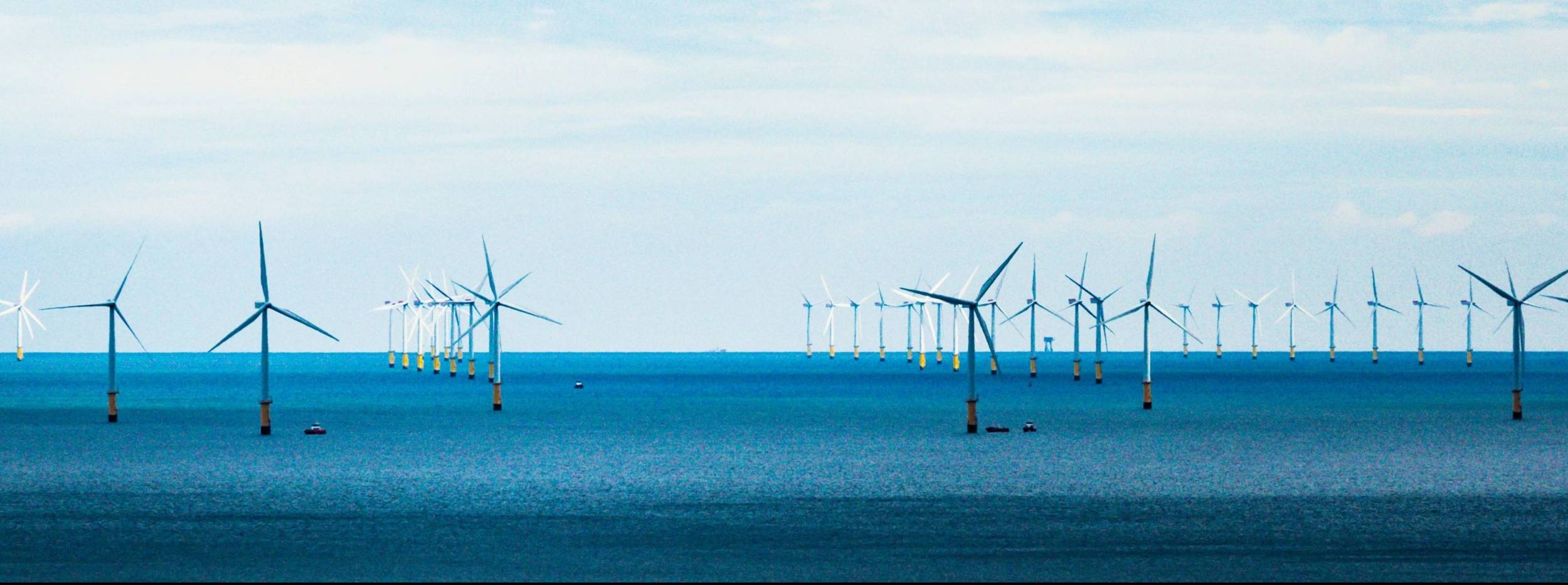
By Morgan Pitts 5/24/2018
Renewable energy made up 18% of all electricity in the United States in 2018, up from 15% in 2016. This represents a doubling of the renewable share of electricity consumption since 2008.[1] A significant amount of this growth has been driven by new utility-scale wind and solar projects nationwide. This is great news for reducing U.S. greenhouse gas emissions which have generally trended downward since their peak in 2007[2]. In fact, emissions in 2016 were approximately 11% below their 2007 levels.
Offshore wind is poised to keep this trend going. The Block Island Wind Farm, off the coast of Rhode Island, became the first operational offshore wind project in the United States in 2016. While the Block Island project was relatively small – only 30 megawatts – Massachusetts announced that it had awarded a contract for an 800 megawatt project off the coast of Martha’s Vineyard[3]. (For reference, one megawatt powers approximately 1,000 homes.)
In addition, Rhode Island has announced that the state intends to award a 400 megawatt offshore wind development contract in a yet-to-be-held auction and New Jersey and New York have set ambitious targets (3,500 megawatts and 2,400 megawatts respectively).
Amory Lovins, co-founder of The Rocky Mountain Institute and a widely respected leader in sustainability and clean energy recently told The New York Times: “We could run the whole east coast on offshore wind.” With these new commitments and projects, we’ll be one step closer.
[1] http://fortune.com/2018/02/18/renewable-energy-us-power-mix/
[2] https://www.epa.gov/sites/production/files/2018-01/documents/2018_executive_summary.pdf
[3] https://www.nytimes.com/2018/05/23/business/energy-environment/offshore-wind-massachusetts.html